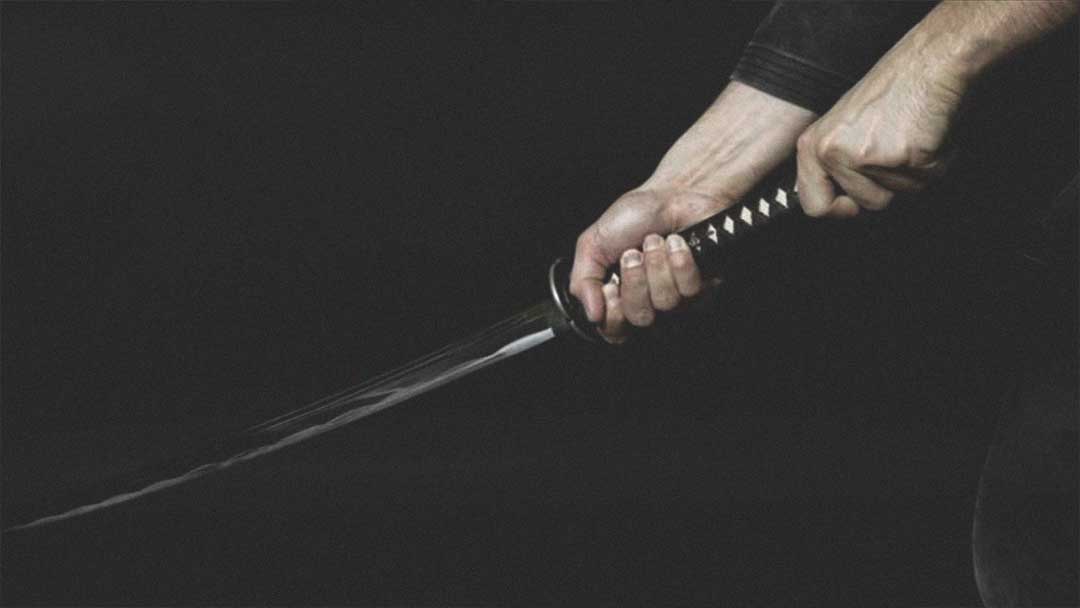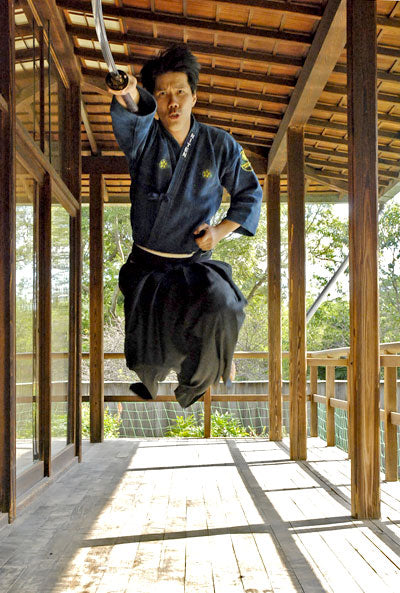


Iaido does include competition in form of kata but does not use sparring of any kind. Multiple person kata exist within some schools of iaido consequently, iaidoka usually use bokken for such kata practice. Seitei-gata techniques īecause iaido is practiced with a weapon, it is almost entirely practiced using solitary forms, or kata performed against one or more imaginary opponents. Iaido is a blend of the ethics of Confucianism, methods of Zen, the philosophical Taoism and aspects from bushido. The metaphysical aspects in iaido have been influenced by several philosophical and religious directions. Dissimilar to kendo, iaido is never honed in a free-competing way. At times iaidoka will practice accomplice kata like kendo or kenjutsu kata. To appropriately perform the kata, iaidoka likewise learn carriage and development, hold and swing. Iaidoka are regularly prescribed to practice kendo to safeguard that battling feel it is normal for high positioning kendoka to hold high rank in iaido and the other way around. Notwithstanding sword method, it obliges creative ability and fixation to keep up the inclination of a genuine battle and to keep the kata new. Every kata starts and finishes with the sword sheathed. Iaido is for the most part performed solo as an issue of kata, executing changed strategies against single or various fanciful rivals. Iaido is a reflection of the morals of the classical warrior and to build a spiritually harmonious person possessed of high intellect, sensitivity, and resolute will. Iaido is an intrinsic form of Japanese modern budo. Iaido encompasses hundreds of styles of swordsmanship, all of which subscribe to non-combative aims and purposes. The term emerged from the general trend to replace the suffix -jutsu (術 ?) ("the art of") with -dō (道 ?) in Japanese martial arts in order to emphasize the philosophical or spiritual aspects of the practice. The term 'iaido' approximately translates into English as "the way of mental presence and immediate reaction", and was popularized by Nakayama Hakudo.

The last character, 道, is generally translated into English as the way. The secondary emphasis is on drawing the sword and responding to the sudden attack as quickly as possible (合). Thus the primary emphasis in 'iai' is on the psychological state of being present (居). The origin of the first two characters, iai (居合 ?), is believed to come from saying Tsune ni ite, kyū ni awasu (常に居て、急に合わす ?), that can be roughly translated as “being constantly (prepared), match/meet (the opposition) immediately”. The term 'iaido' appear in 1932 and consists of the kanji characters 居 (i), 合 (ai), and 道 (dō). Haruna Matsuo sensei (1925–2002) demonstrating Muso Jikiden Eishin Ryu kata Ukenagashi 9 International Iaido Sport Competition.6 Kata under the respective iaido organizations.3 Moral and religious influence on Iaido.Practitioners of iaido are often referred to as iaidoka.

Few, more experienced, iaido practitioners use a sharp edged sword ( shinken). While beginning practitioners of iaido may start learning with a wooden sword ( bokken) depending on the teaching style of a particular instructor, most of the practitioners use the blunt edged sword, called iaitō. Iaido is associated with the smooth, controlled movements of drawing the sword from its scabbard (or saya), striking or cutting an opponent, removing blood from the blade, and then replacing the sword in the scabbard. Iaido (居合道 Iaidō ?), abbreviated with iai (居合 ?), is a modern Japanese martial art and sport that emphasizes being aware and capable of quickly drawing the sword and responding to a sudden attack. Not to be confused with Iaijutsu or Battōjutsu.


 0 kommentar(er)
0 kommentar(er)
